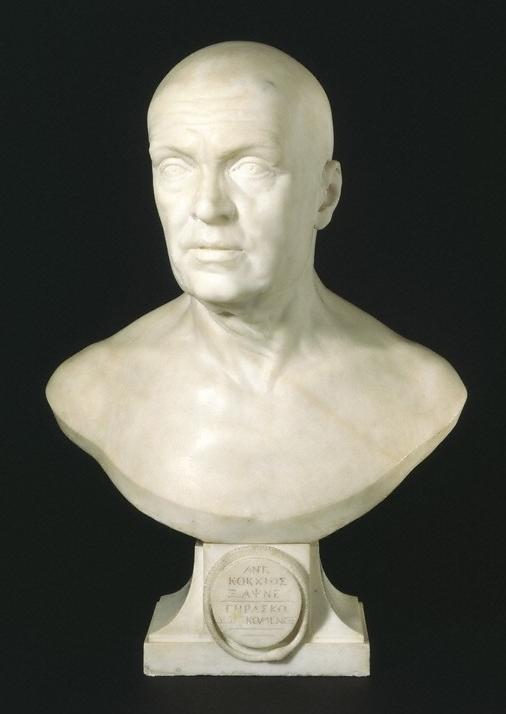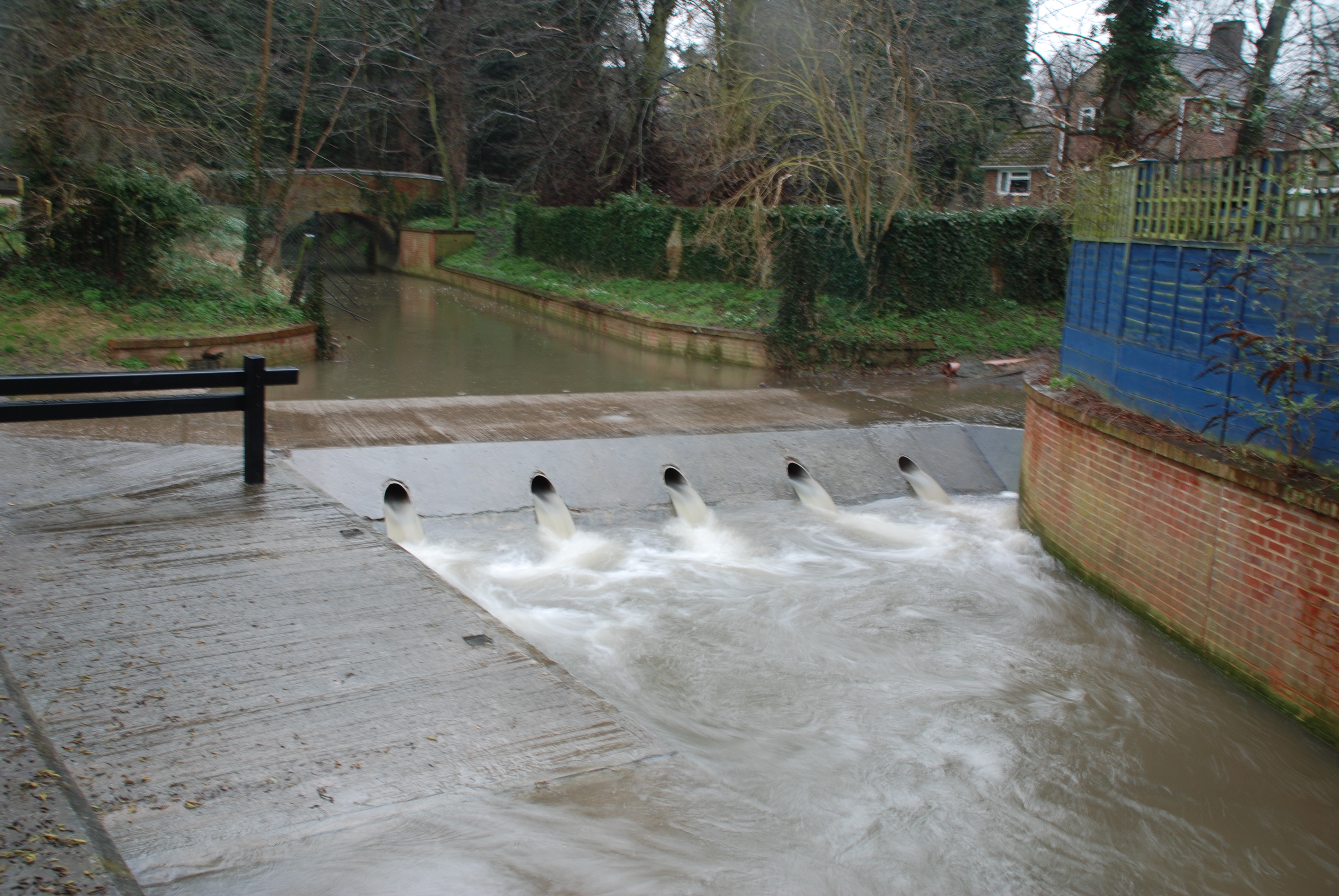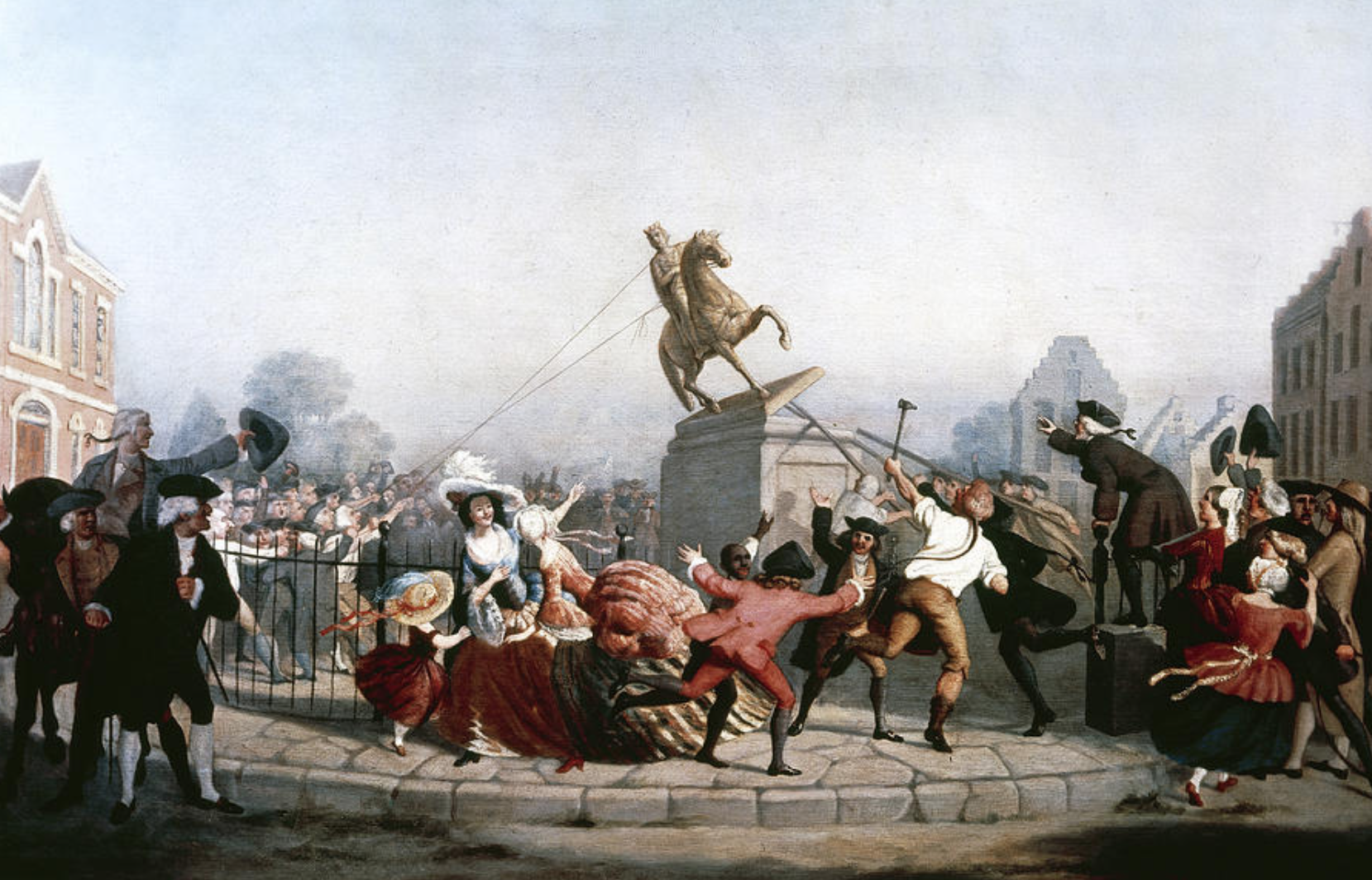|
Joseph Wilton
Joseph Wilton (16 July 1722 – 25 November 1803) was an English sculptor. He was one of the founding members of the Royal Academy in 1768, and the academy's third keeper. His works are particularly numerous memorialising the famous Britons in Westminster Abbey. Life He was born the son of an ornamental plasterer in the Charing Cross area of London, where his father had sculpted the ceilings of the Foundling Hospital. His father wished that Joseph should become a civil engineer but instead Joseph strongly desired to be a sculptor. Wilton initially trained under Laurent Delvaux at Nivelles, in present-day Belgium. In 1744 he left Nivelles and went to the Academy in Paris to study under Jean-Baptiste Pigalle. In 1752 he went to Italy with his sculptor friend Louis-François Roubiliac to learn to sculpt in marble, and stayed for seven years, living first in Rome and then in Florence.Whinney 1971, p. 97. Whilst in Rome he met and befriended his first patron, William Locke of No ... [...More Info...] [...Related Items...] OR: [Wikipedia] [Google] [Baidu] |
Margaret Whinney
Margaret Dickens Whinney (4 February 1897 – 1975) was an English art historian who taught at the Courtauld Institute of Art. Her published works included books on British sculpture and architecture. Life Whinney was the daughter of Thomas Bostock Whinney, an architect, and Sydney Margaret Dickens, the granddaughter of Charles Dickens. She was educated at the University of London, graduating in art history in 1935. She had published her first article in 1930, under the supervision of her mentor Tancred Borenius. Immediately after graduating she joined the staff of the recently established Courtauld Institute, where she did a variety of jobs including managing the slide library, and also continued her studies. The Courtauld closed for a year following the beginning of the Second World War. When it reopened in 1940, Whinney was effectively in sole charge, both teaching and handling most of the administrative duties. That year, the research she had done on 17th-century drawings ... [...More Info...] [...Related Items...] OR: [Wikipedia] [Google] [Baidu] |
Buntingford
Buntingford is a market town and civil parish in the district of East Hertfordshire and county of Hertfordshire in England. It lies next to the River Rib and is located on the historic Roman road, Ermine Street. As a result of its location, it grew mainly as a staging post with many coaching inns and has an 18th-century one-cell prison known as The Cage, by the ford at the end of Church Street. It has a population of 6,844, as of the 2020 UK Census. Name Despite popular belief, the name of Buntingford does not come from the bunting bird. Instead, it likely originates from the Saxon chieftain or tribe Bunta and the local ford running over the River Rib. Buntingford was the name of the ford and its surrounding areas, with Bunting being the name of a village located six miles to its north, which is translated from Old English as "place or people of Bunta". The earliest forms of the name Buntingford are ''Buntas Ford'' and ''Buntingeford'', both of which date back to 1185. Th ... [...More Info...] [...Related Items...] OR: [Wikipedia] [Google] [Baidu] |
Samuel Graves
Admiral Samuel Graves (17 April 1713 – 8 March 1787) was a British Royal Navy admiral who is probably best known for his role early in the American Revolutionary War. Ancestry He is thought to have been born in Castledawson, Northern Ireland. His grandfather Captain James Graves (1654–1689) was murdered in his bed and robbed of his regiment's wages. Samuel Graves was born the youngest son and presumably second youngest child of Captain Graves' son Samuel Graves (1674–1727) and his wife Jane Moore. He had three older brothers and a sister. By joining the Royal Navy, he followed in the footsteps of his uncle Thomas Graves, whose son Thomas Graves is most well-known for having commanded the British fleet at the Battle of the Chesapeake during the American War of Independence. Another Thomas Graves, a nephew to Samuel Graves, was knighted following the Battle of Copenhagen in 1801, where he had served as Horatio Nelson's second-in-command. A number of Graves' served in t ... [...More Info...] [...Related Items...] OR: [Wikipedia] [Google] [Baidu] |
St Mary The Virgin, Wanstead
St Mary the Virgin, Wanstead is a Church of England church in Wanstead, east London. It is located on Overton Drive and now shares its parish with Christ Church, Wanstead. It is the only Grade I listed building in the London Borough of Redbridge The parish is first recorded in 1208, but its medieval church was replaced 70 foot to the north by the present building between 1787 and 1790, on a plot donated from his estate by James Tylney-Long. It was designed by architect Thomas Hardwick. Its foundation stone was laid on 13 July 1787, followed by a reception at Wanstead House, and it was completed on 24 June 1790, with a consecration ceremony led by Beilby Porteus, bishop of London. After the new church was completed, its medieval predecessor was demolished, though the latter's large monument to Josiah Child was moved to the new church. The Sculptor Joseph Wilton is buried in the churchyard. References External links Official parish website Church of England church buildi ... [...More Info...] [...Related Items...] OR: [Wikipedia] [Google] [Baidu] |
Stephen Hales
Stephen Hales (17 September 16774 January 1761) was an English clergyman who made major contributions to a range of scientific fields including botany, pneumatic chemistry and physiology. He was the first person to measure blood pressure. He also invented several devices, including a ventilator, a pneumatic trough and a surgical forceps for the removal of bladder stones. In addition to these achievements, he was a philanthropist and wrote a popular tract on alcoholic intemperance. Life Stephen Hales was born in Bekesbourne, Kent, England. He was the sixth son of Thomas Hales, heir to Baronetcy of Beakesbourne and Brymore, and his wife, Mary (née Wood), and was one of twelve or possibly thirteen children.Archibald Edmund Clark-Kennedy. Stephen Hales, D.D., F.R.S.: an eighteenth century biography. Cambridge University Press, 1929. Thomas Hales (died 1692) predeceased his father, Sir Robert Hales; therefore Sir Robert's grandson, Sir Thomas Hales, 2nd Baronet (Stephen Hales' br ... [...More Info...] [...Related Items...] OR: [Wikipedia] [Google] [Baidu] |
Manhattan
Manhattan (), known regionally as the City, is the most densely populated and geographically smallest of the five boroughs of New York City. The borough is also coextensive with New York County, one of the original counties of the U.S. state of New York. Located near the southern tip of New York State, Manhattan is based in the Eastern Time Zone and constitutes both the geographical and demographic center of the Northeast megalopolis and the urban core of the New York metropolitan area, the largest metropolitan area in the world by urban landmass. Over 58 million people live within 250 miles of Manhattan, which serves as New York City’s economic and administrative center, cultural identifier, and the city’s historical birthplace. Manhattan has been described as the cultural, financial, media, and entertainment capital of the world, is considered a safe haven for global real estate investors, and hosts the United Nations headquarters. New York City is the headquarters of ... [...More Info...] [...Related Items...] OR: [Wikipedia] [Google] [Baidu] |
Bowling Green (New York City)
Bowling Green is a small public park in the Financial District of Lower Manhattan, New York City, at the southern end of Broadway. Located next to the site of the original Dutch fort of New Amsterdam, it served as a public place before being designated as a park in 1733. It is the oldest public park in New York City and is surrounded by its original 18th-century fence. It included an actual bowling green and an equestrian statue of King George III prior to the American Revolutionary War. Bowling Green is surrounded by numerous buildings, including the Alexander Hamilton U.S. Custom House, International Mercantile Marine Company Building, Bowling Green Offices Building, Cunard Building, 26 Broadway, and 2 Broadway. The ''Charging Bull'' sculpture is located on its northern end, while Battery Park is located to the southwest. The park is listed on the U.S. National Register of Historic Places under the name Bowling Green Fence and Park. It is also a contributing property to the W ... [...More Info...] [...Related Items...] OR: [Wikipedia] [Google] [Baidu] |
Colonial America
The colonial history of the United States covers the history of European colonization of North America from the early 17th century until the incorporation of the Thirteen Colonies into the United States after the Revolutionary War. In the late 16th century, England (British Empire), Kingdom of France, Spanish Empire, and the Dutch Republic launched major colonization programs in North America. The death rate was very high among early immigrants, and some early attempts disappeared altogether, such as the English Lost Colony of Roanoke. Nevertheless, successful colonies were established within several decades. European settlers came from a variety of social and religious groups, including adventurers, farmers, indentured servants, tradesmen, and a very few from the aristocracy. Settlers included the Dutch of New Netherland, the Swedes and Finns of New Sweden, the English Quakers of the Province of Pennsylvania, the History of the Puritans in North America, English Puritans o ... [...More Info...] [...Related Items...] OR: [Wikipedia] [Google] [Baidu] |
George III Of The United Kingdom
George III (George William Frederick; 4 June 173829 January 1820) was King of Great Britain and of Monarchy of Ireland, Ireland from 25 October 1760 until Acts of Union 1800, the union of the two kingdoms on 1 January 1801, after which he was King of the United Kingdom of Great Britain and Ireland until his death in 1820. He was the longest-lived and longest-reigning king in British history. He was concurrently Duke and Prince-elector of Electorate of Brunswick-Lüneburg, Brunswick-Lüneburg ("Hanover") in the Holy Roman Empire before becoming King of Hanover on 12 October 1814. He was a monarch of the House of Hanover but, unlike his two predecessors, he was born in Great Britain, spoke English as his first language and never visited Hanover. George's life and reign were marked by a series of military conflicts involving his kingdoms, much of the rest of Europe, and places farther afield in Africa, the Americas and Asia. Early in his reign, Great Britain defeated France in th ... [...More Info...] [...Related Items...] OR: [Wikipedia] [Google] [Baidu] |
Society Of Artists Of Great Britain
The Society of Artists of Great Britain was founded in London in May 1761 by an association of artists in order to provide a venue for the public exhibition of recent work by living artists, such as was having success in the long-established Paris salons. Leading members seceded from the society in 1768, a move leading directly to the formation of the Royal Academy of Arts. The society was dissolved 1791 after years of decline. History The Society of Artists of Great Britain began in 1760 as a loose association of artists, including Joshua Reynolds and Francis Hayman, who wanted greater control by artists over exhibitions of their work previously organised by William Shipley's Society of Arts (founded in 1754). The new society organised their first exhibition in April 1760 and over one thousand visitors per day attended. The following year they held their second exhibition at Christopher Cock's Auction Rooms in Spring Gardens, Charing Cross, and "In a conspicuous gesture the ... [...More Info...] [...Related Items...] OR: [Wikipedia] [Google] [Baidu] |
Oliver Cromwell
Oliver Cromwell (25 April 15993 September 1658) was an English politician and military officer who is widely regarded as one of the most important statesmen in English history. He came to prominence during the 1639 to 1651 Wars of the Three Kingdoms, first as a senior commander in the Parliamentarian army and then as a politician. A leading advocate of the execution of Charles I in January 1649, which led to the establishment of the Republican Commonwealth of England, Scotland and Ireland, he ruled as Lord Protector from December 1653 until his death in September 1658. Cromwell nevertheless remains a deeply controversial figure in both Britain and Ireland, due to his use of the military to first acquire, then retain political power, and the brutality of his 1649 Irish campaign. Educated at Sidney Sussex College, Cambridge, Cromwell was elected MP for Huntingdon in 1628, but the first 40 years of his life were undistinguished and at one point he contemplated emigration to ... [...More Info...] [...Related Items...] OR: [Wikipedia] [Google] [Baidu] |


.jpg)
.jpg)



.jpg)
.jpg)
